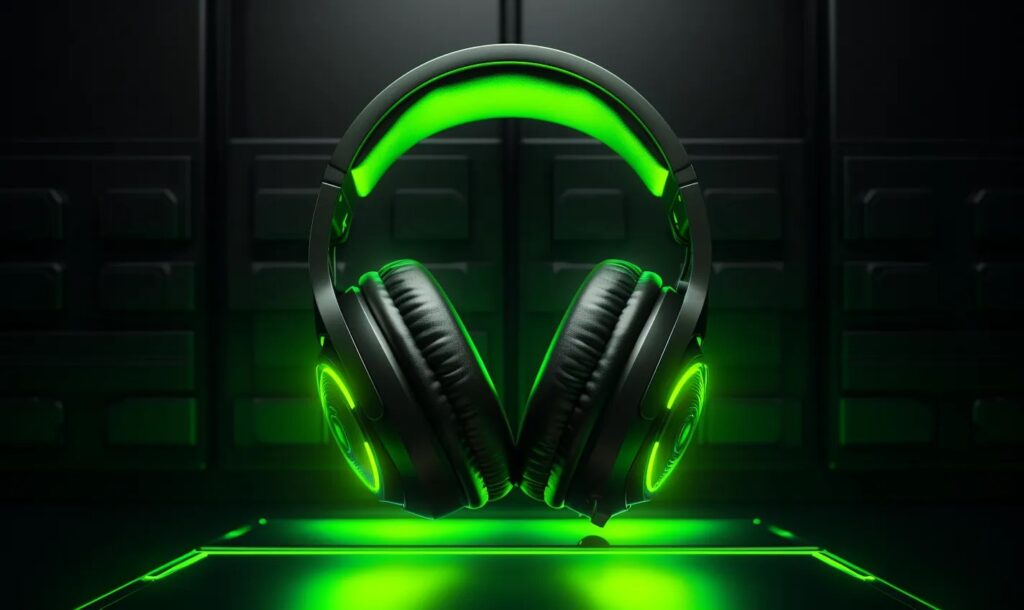There are all kinds of industries using 3D printing in the digital age. From consumer electronics to aerospace engineering, every sector can use it to some extent. After all, it’s such a versatile technology.
While you’ve probably heard of the typical industries using 3D printing — like construction and automotive manufacturing — there are plenty more that are much more unusual. Surprisingly, people have found a way to print almost any material for virtually any use. Here are some of the strangest examples.
1. Elementary and Higher Education
Out of all industries using 3D printing, education is one of the most practical. Educators use the technology to make learning hands-on, teach students about modern technology and provide accurate reference models.
Many educators feel 3D printing technology enhances their curriculum. That being said, it’s still not widespread. According to one study, while around 25% of teachers think it improves education, 30% believe using it regularly could compromise the progression path their administration set.
The same study found 25% of teachers believe their classroom needs 3-5 printers to be effective. If 3D printing is going to become prominent in the education industry, they’ll need more funding and widespread access to technology.
2. Food and Beverage
Of all industries using 3D printing, the food and beverages sector is one of the most interesting. Although you might be wary of whatever comes out of the printer’s nozzle, you can rest assured it’s safe for consumption.
Companies use edible powder or liquid materials to 3D print food. In most cases, the machine works in a pre-programmed layer-by-layer process for ease of use and to enhance structural integrity. The material undergoes an instantaneous curing process that cements it in place immediately after the nozzle places it.
The process for drinks is much different. Although 3D printing liquid seems redundant, there are surprisingly many applications on this side of the food and beverage industry. For example, a California-based company called Smart Cups makes pre-flavored bioplastic cups with built-in flavor doses. You pour in whatever liquid you want to make a custom drink.
A similar Austrian-based company called Ripples has developed a commercial 3D printer that prints designs onto coffee foam. Business owners could pre-program it to make their shop’s logo or an artistic design. Considering it’s such a novelty, it would definitely attract customers.
Another business — Print a Drink — is more tailored for at-home use. It allows users to pre-program their machine with recipes using syrups, juices, alcohols or water. It’s exciting to think the average person could one day own a specialty device like this one.
3. Art and Design
In the art and design industry, many artists have used 3D printing. For example, an individual at the Institute for Architectural Theory created “hypnerotomachia naturae” — a concrete amalgamation of separate parts meant to represent cultural diversity. These kinds of creations are already on display in galleries worldwide.
Similar to digital art and photography, 3D printing may soon become an accepted and widely practiced medium throughout the industry. The unique creative process and material versatility open up many new doors for artists looking to do something truly explorative.
4. Health Care
Health care is one of the industries using 3D printing in very unconventional ways. Using stem cells, medical professionals and researchers can print living tissue in a process known as bioprinting. They can create organs, bones and blood vessels. Although this practice is largely unregulated and not widespread, it might soon become industry standard.
In September 2023, the Biden-Harris administration announced $26 million in funding for the Advanced Research Projects Agency for Health (ARPHA-H) — an agency dedicated to the development of 3D-printed organs. Their goal is to address transplant shortages that impact over 100,000 Americans.
If ARPHA-H successfully speeds up printing speeds, improves cell purity and identifies a novelty modeling system, they could transform the current supply and demand situation. Instead of waiting for a compatible, nearby registered organ donor to pass away, hospitals could produce life-saving living tissue on demand.
Intriguingly, health care professionals can 3D print reference models to know exactly what they’ll encounter before performing surgery. It all starts with a magnetic resonance imaging (MRI) or computerized tomography (CT) scan to get a patient’s precise measurements. Those get plugged into computer-aided design (CAD) software, where the finishing touches turn it into a printable model.
In this way, health care professionals can practice complex procedures or determine the best way to approach high-risk surgeries. This method also allows them to prepare for any anatomical anomaly. As a result, patient outcomes improve drastically. Operations may even progress faster since the medical team has patient-specific practice, meaning hospitals can treat more people.
5. Jewelry
Interestingly enough, the jewelry sector is one of the industries using 3D printing. While the global market value of 3D-printed jewelry was $8 billion in 2022, experts believe it will increase to $22 billion by 2030. Considering lab-produced diamonds became such a massive trend, the success of these gemstones and accessories shouldn’t come as a surprise.
Jewelry companies are using 3D printing technology because it offers unparalleled versatility. In an industry where designs are usually limited by the structure and clarity of organic materials, this level of creative freedom is a much-needed innovation.
Jewelers can use all kinds of synthetic and natural materials to make bands, chains or faux gemstones. It’s much faster and more cost-effective than conventional methods, so consumers might even see price tags lose a zero or two.
6. Medical Device Manufacturing
Medical device manufacturing is one of the industries using 3D printing to mass-produce custom products. In most cases, manufacturers use 3D printers to rapidly prototype medical devices like prosthetics, surgical equipment and implants. They use body-safe materials like metal or biocompatible thermoplastic.
Manufacturers usually mass-produce medical devices because the alternatives — short production runs and prototypes — are too expensive. However, the introduction of 3D printing technology changed the game. Now, they can create small batches of custom-made equipment to perfectly match a patient’s anatomy.
Like with health care 3D printing, medical professionals take an MRI or CT scan of a patient. Manufacturers plug that file into CAD software to produce a model they can work off of. This process allows for much more precision and design flexibility than traditional processes like injection molding or computer numerical control machining.
In most cases, medical devices are absurdly expensive. People with disabilities or those going into a complex surgery would benefit tremendously from a cost-effective solution like 3D printing. If manufacturers take advantage of this emerging trend, they could change people’s lives for the better.
7. Photography
Although you may not think of photography when you picture the industries using 3D printing, it has become a popular emerging trend in the sector. Professionals use this technology in two ways. Where the first involves the creation of camera attachments, the second focuses more on the transformation of the medium.
For instance, an industry professional named George Moua 3D printed a specialty camera lens in 2020. Traditionally, only specific, purpose-built devices could leverage wiggle stereoscopy — a method that makes images look animated. Now, digital photographers can produce these images.
There are also many ways companies are using photography as a means to 3D print different products. For example, Hasbro launched a 3D-printed product line in 2022, where it placed a customer’s likeness onto a six-inch model. Although the company has since discontinued the “Selfie Series” platform, it acts as a proof of concept.
The Industries Using 3D Printing in Weird Ways
Industries using 3D printing leverage the technology in unusual ways, but the applications are still fascinating. After all, it proves how versatile these machines are. Off-the-shelf solutions are quickly becoming a thing of the past. Soon, companies and consumers might be able to fully customize any product to their preferences and needs
Recent Stories
Follow Us On
Get the latest tech stories and news in seconds!
Sign up for our newsletter below to receive updates about technology trends














